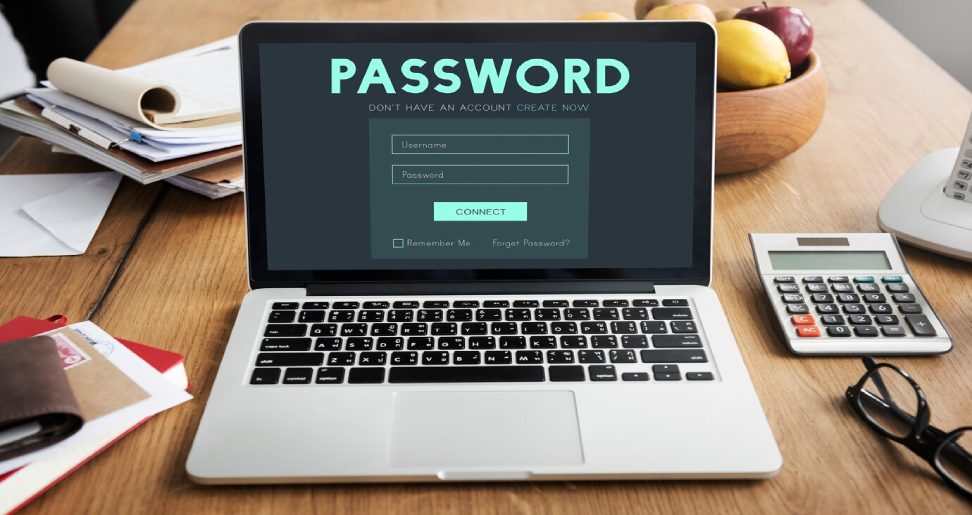In a world where digital security is paramount, traditional passwords are increasingly seen as the weak link in the chain. The rise of passwordless authentication is not just a trend but a necessary evolution to enhance security and user experience. This paradigm shift offers a glimpse into the future of digital interactions, promising a more secure and streamlined approach to accessing online services.
The Problem with Passwords
Passwords have long been the cornerstone of digital security. However, they come with a host of issues:
- Weak Passwords: Many users opt for easily guessable passwords for convenience, making them vulnerable to attacks.
- Password Reuse: The reuse of passwords across multiple sites amplifies the risk if one site is compromised.
- Phishing Attacks: Users can be tricked into revealing their passwords through deceptive emails or websites.
- Management Hassles: Keeping track of numerous complex passwords is cumbersome and often leads to poor security practices.
These challenges underscore the need for a more robust solution, paving the way for passwordless authentication.
What is Passwordless Authentication?
Passwordless authentication eliminates the need for traditional passwords. Instead, it leverages alternative methods such as biometric data, hardware tokens, or one-time codes sent to a trusted device. These methods not only enhance security but also improve the user experience by simplifying the login process.
Methods of Passwordless Authentication
- Biometric Authentication: This includes fingerprint scanning, facial recognition, and voice recognition. These methods rely on unique biological characteristics that are difficult to replicate.
- Hardware Tokens: Devices like YubiKeys generate a one-time code or use cryptographic keys to authenticate the user. They are resistant to phishing and other common attacks.
- Magic Links: Users receive a link via email or SMS, which they can click to log in. This method ensures that only someone with access to the user’s email or phone can log in.
- One-Time Passcodes (OTPs): OTPs are sent to a trusted device, such as a smartphone, and are valid for a single use or a short period. This method adds an extra layer of security without the need for a password.
Advantages of Passwordless Authentication
- Enhanced Security: Eliminating passwords removes the risks associated with weak passwords, reuse, and phishing attacks. Biometric data and hardware tokens are significantly harder to compromise.
- Improved User Experience: Users no longer need to remember complex passwords or deal with frequent resets. This convenience can lead to higher satisfaction and engagement.
- Reduced Costs: Organizations can save on costs associated with password management and support. Fewer password resets mean less burden on IT departments.
- Compliance and Risk Management: Enhanced security measures help in meeting regulatory requirements and reducing the risk of data breaches.
Challenges and Considerations
Despite its advantages, passwordless authentication is not without challenges:
- Implementation Costs: The initial setup, especially for biometric systems or hardware tokens, can be expensive.
- User Adoption: Users accustomed to traditional passwords might be hesitant to adopt new methods.
- Privacy Concerns: The use of biometric data raises privacy issues, and organizations must ensure that data is stored and managed securely.
- Device Dependence: Methods like magic links and OTPs depend on user devices, which can be lost or stolen.
The Future of Authentication
The future of authentication lies in finding the right balance between security and user convenience. As technology advances, we can expect to see more innovative solutions that address the current challenges. Passwordless authentication is a significant step towards a more secure and user-friendly digital world.
Organizations adopting passwordless authentication will not only enhance their security posture but also improve the overall user experience. As cyber threats continue to evolve, staying ahead with robust authentication methods is crucial. Passwordless authentication is more than a trend; it’s the future of secure digital interactions.
Read Also:
- How Many Jobs Are Available in Basic Industries?
- How Many Jobs Are Available In Commercial Banks?
- Best Paying Jobs In Investment Bankers/Brokers/Service?

